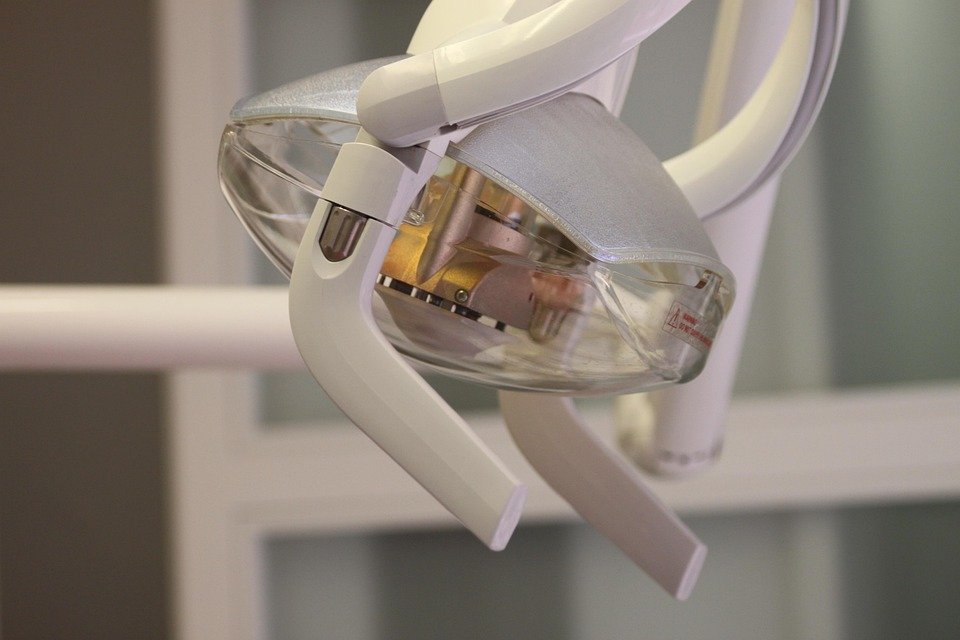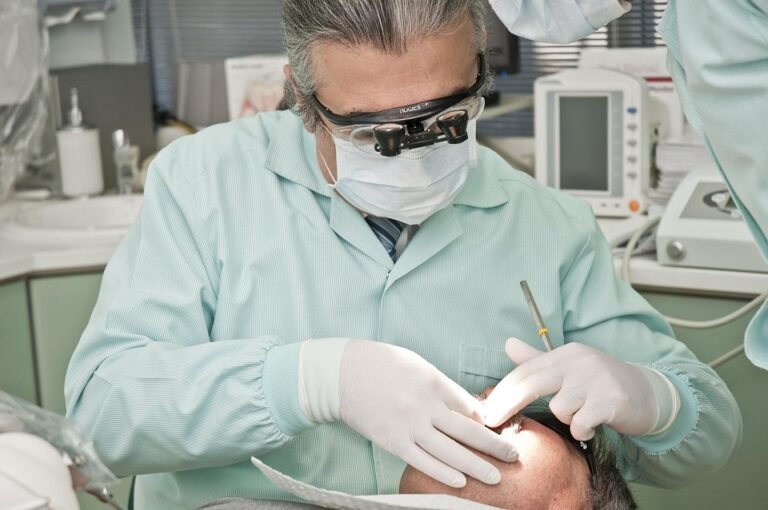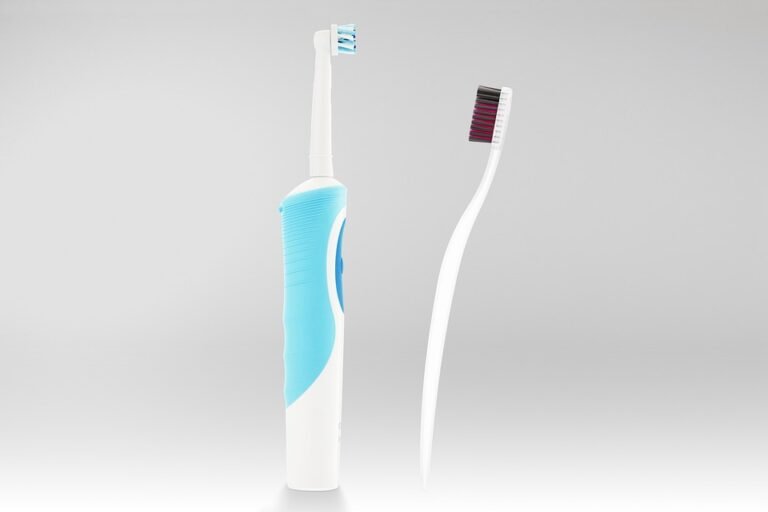What are the challenges of online dental education?
Okay, so my dental school is talking about maybe incorporating more online learning into our curriculum, and honestly, I’m a little worried. Like, how do you even learn to drill a tooth on Zoom? Obviously, some things, like maybe didactic lectures on pharmacology or periodontology, could be done online relatively easily, but what about the practical stuff?
Specifically, I’m concerned about:
- Hands-on skills development: How can we realistically learn complex procedures like root canals, crowns, or even just basic fillings without actually doing them in a lab or clinic with real-time instructor feedback? Simulations are okay, but they aren’t real.
- Building clinical acumen: Observing and interacting with patients is crucial for developing diagnostic skills and understanding how to manage different clinical scenarios. How can this be replicated online? Seeing a video just isn’t the same.
- Maintaining ethical standards: Dental practice requires a high degree of ethical awareness and professional responsibility. How can these values be effectively instilled and assessed in an online environment? It’s easier to cheat on an online exam than in person, right?
- Ensuring equitable access to technology and resources: Not everyone has a high-speed internet connection or a dedicated space to study. How can we make sure that all students have equal opportunities to succeed in an online learning environment? Affording the expensive software some programs want us to have is already a struggle.
- Maintaining student engagement and motivation: Let’s be honest, it’s easier to zone out during an online lecture than when you’re sitting in a classroom. How can dental schools keep students engaged and motivated in an online learning environment, especially when it’s challenging material? It’s already hard enough to stay awake after lunch in person.
- Faculty training and support: Not all dental school faculty are comfortable or skilled in online teaching methods. How can schools provide adequate training and support to faculty to ensure they can deliver effective online instruction? My periodontics professor still struggles with email.
So yeah, I’m looking for some concrete discussion about these issues. What are the real challenges and maybe even some potential solutions? Thanks!
Answer
Online dental education, while offering accessibility and flexibility, faces several challenges that impact the quality of learning and the development of competent dental professionals. These challenges span technological limitations, curriculum adaptation, practical skill acquisition, assessment methods, student engagement, and regulatory considerations.
Technological Infrastructure and Access:
- Digital Divide: Not all students have equal access to reliable internet connections and appropriate devices (computers, tablets, high-speed internet). This disparity can create a significant disadvantage for students from low-income backgrounds or those residing in areas with poor infrastructure, hindering their ability to participate fully in online lectures, simulations, and collaborative activities.
- Software and Hardware Requirements: Specialized dental software and hardware, such as CAD/CAM programs, 3D modeling tools, and intraoral scanners, may be required for certain courses. The cost and accessibility of these resources can be prohibitive for some students. Ensuring compatibility with various operating systems and hardware configurations can also be a logistical challenge.
- Technical Support: Providing adequate technical support to students and faculty is crucial. Online learning platforms can encounter glitches, software malfunctions, and connectivity issues. A dedicated IT support team needs to be readily available to troubleshoot problems promptly to minimize disruptions to the learning process.
- Cybersecurity Concerns: Online platforms are vulnerable to cyberattacks and data breaches. Protecting sensitive student and patient information, as well as intellectual property, requires robust cybersecurity measures and protocols.
Curriculum Adaptation and Content Delivery:
- Adapting Traditional Content: Translating hands-on dental procedures and complex clinical concepts into an online format requires careful planning and innovative instructional design. Simply replicating traditional lectures online can be ineffective. Content must be adapted to be engaging, interactive, and suitable for self-paced learning.
- Developing Engaging Content: Maintaining student attention and motivation in an online environment can be challenging. Online courses need to incorporate a variety of engaging elements such as videos, animations, simulations, interactive quizzes, case studies, and virtual reality experiences.
- Maintaining Content Relevance: The field of dentistry is constantly evolving with new technologies and techniques. Online curricula need to be regularly updated to reflect the latest advancements and best practices to ensure that students receive a current and relevant education.
- Faculty Training and Development: Dental educators need to be trained in online pedagogy, instructional design, and the use of online learning platforms. They must be equipped with the skills to create engaging online content, facilitate virtual discussions, and provide effective online feedback.
Practical Skill Acquisition:
- Hands-on Training Limitations: Dentistry is a hands-on profession. Developing fine motor skills, spatial reasoning, and tactile sensitivity requires extensive practice on simulated and real patients. Online learning can only partially replicate these experiences through virtual simulations and demonstrations.
- Simulation Fidelity: The realism and fidelity of dental simulations are critical for effective skill development. Low-quality simulations can create a false sense of competence and hinder the transfer of skills to real-world clinical settings.
- Clinical Experience: Clinical rotations are an essential component of dental education. Securing sufficient clinical opportunities for online students can be challenging, especially if students are geographically dispersed. Maintaining quality control and standardization of clinical training across different sites can also be difficult.
- Assessment of Practical Skills: Evaluating students’ practical skills in an online environment requires innovative assessment methods. Traditional written exams are insufficient. Objective Structured Clinical Examinations (OSCEs) can be adapted for online use, but this requires careful planning and execution.
Assessment and Evaluation:
- Ensuring Academic Integrity: Preventing cheating and plagiarism in online assessments is a significant concern. Online proctoring, plagiarism detection software, and secure exam browsers can help to mitigate these risks, but they are not foolproof.
- Developing Valid and Reliable Assessments: Designing assessments that accurately measure students’ knowledge, skills, and clinical judgment is crucial. Assessments need to be aligned with learning objectives and should incorporate a variety of question types, including multiple-choice, essay, case studies, and virtual simulations.
- Providing Timely and Constructive Feedback: Providing students with timely and constructive feedback on their performance is essential for learning. Online platforms should facilitate the delivery of detailed feedback on assignments, quizzes, and simulations. Faculty need to be trained in providing effective online feedback that promotes student learning and improvement.
- Assessing Clinical Competency Remotely: Evaluating clinical competency remotely presents unique challenges. Innovative methods, such as teledentistry assessments, video recordings of procedures, and virtual OSCEs, can be used to assess students’ clinical skills. However, these methods require careful planning and validation to ensure that they are accurate and reliable.
Student Engagement and Support:
- Building a Sense of Community: Creating a sense of community and belonging among online students is essential for their success. Online forums, virtual study groups, and social networking platforms can help to foster interaction and collaboration.
- Combating Isolation: Online learning can be isolating for some students. Regular interaction with faculty and peers is essential to prevent feelings of isolation and to promote engagement.
- Providing Student Support Services: Online students need access to the same support services as on-campus students, including academic advising, counseling, career services, and disability services. These services need to be readily available and accessible online.
- Motivating Self-Directed Learning: Online learning requires students to be self-directed and motivated. Students need to be able to manage their time effectively, set goals, and take responsibility for their own learning. Providing students with strategies for self-regulation and time management can help them to succeed in an online environment.
Regulatory and Accreditation Considerations:
- Accreditation Standards: Dental education programs must meet accreditation standards set by regulatory bodies. Adapting curricula and assessment methods to meet these standards in an online environment can be challenging.
- Licensure Requirements: Graduates of online dental programs must meet licensure requirements in the jurisdictions where they plan to practice. Ensuring that online programs provide adequate clinical experience and prepare students for licensure exams is essential.
- Interstate Practice Regulations: Regulations governing the practice of dentistry across state lines can create challenges for online programs that enroll students from multiple states. Programs need to be aware of and comply with these regulations.
- Data Privacy and Security: Protecting student and patient data is essential. Online programs must comply with all applicable data privacy and security regulations, such as HIPAA.






